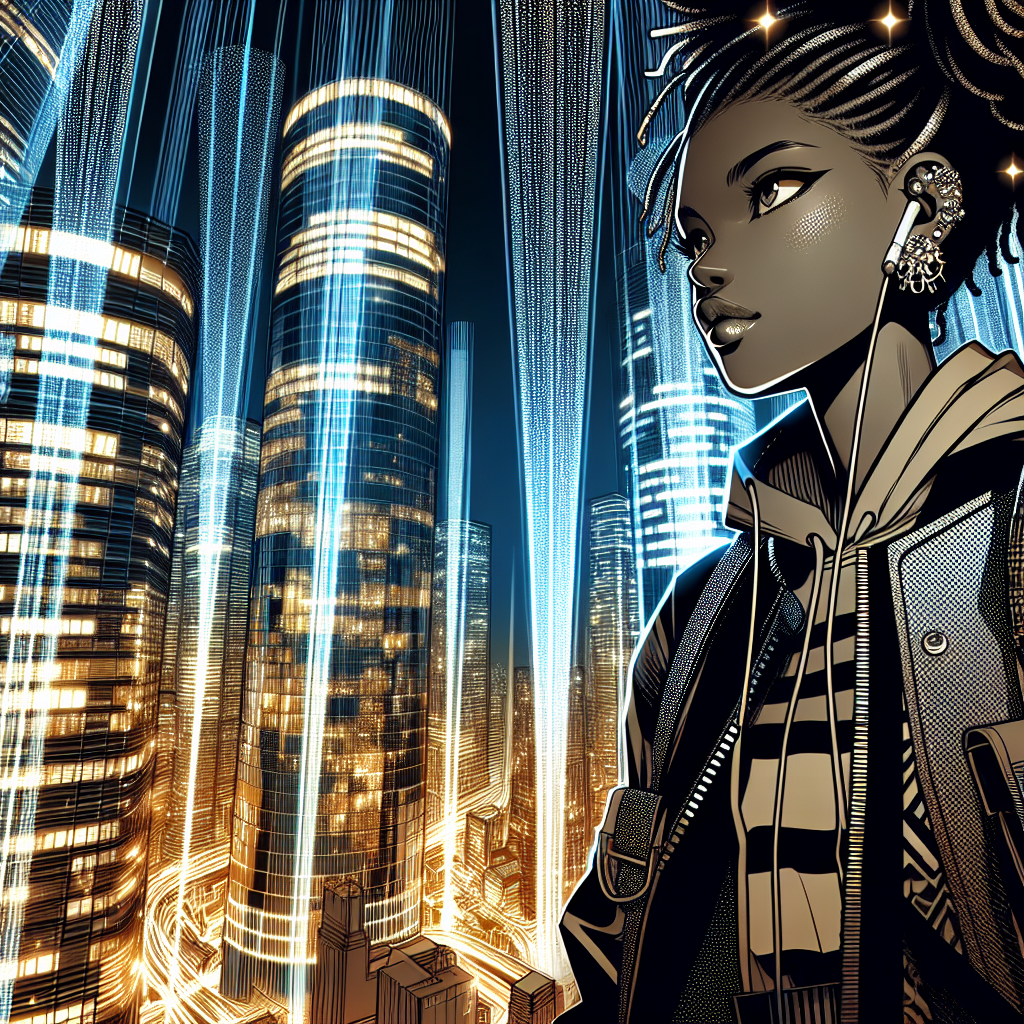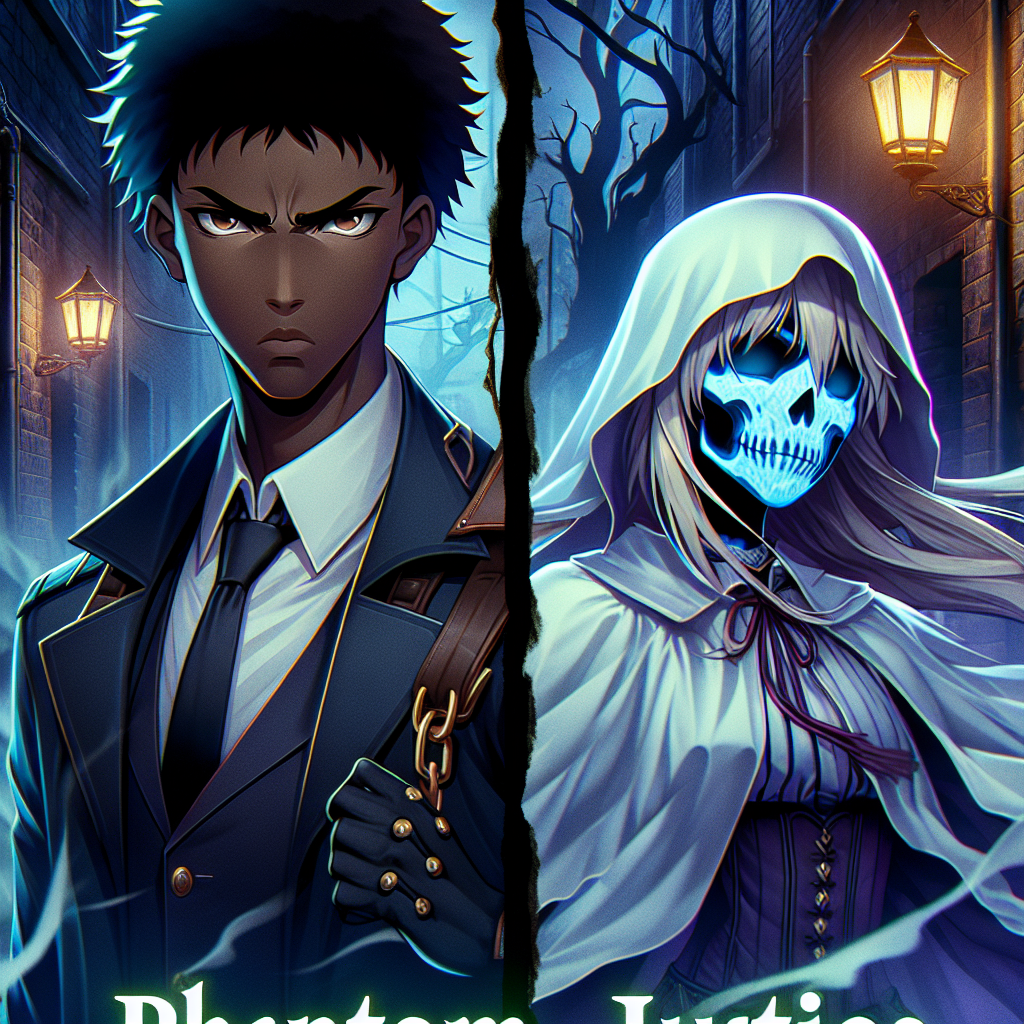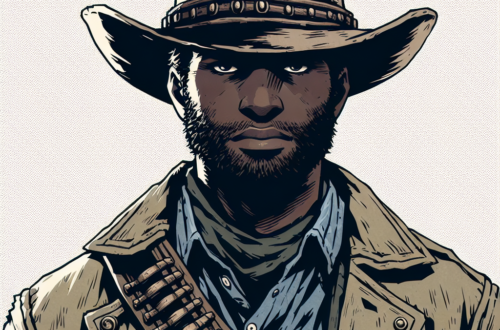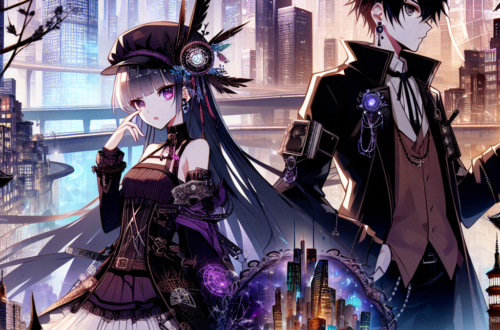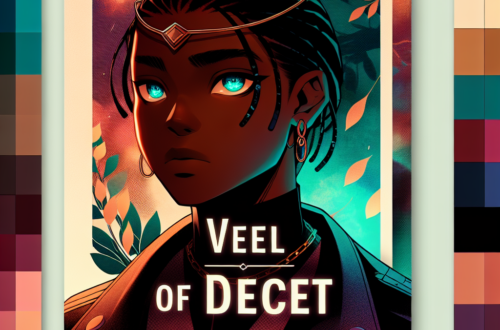Beneath the City Lights
Under the sprawling skyline of New York City, where dreams flickered with the neon glow of late-night diners and taxi headlights, a hidden narrative was about to unfold. At the heart of it lay Detective Maya Wolfe, a seasoned investigator known for her tenacity and sharp instincts. She had seen it all, or so she thought.
On a crisp autumn night, as the leaves swirled like confetti in the chilly air, a body was discovered in an alley off 42nd Street. The victim was a young woman in her twenties, known to be a promising street artist who had recently gained attention for her vivid murals documenting city life. Her name was Zara Torres, and her art had captured the city’s vibrant pulse.
Maya arrived at the scene, her badge gleaming under the dim overhead lights. The alley was cordoned off, bustling with uniformed officers and forensic specialists. As she crouched to examine the scene, she noticed the unique patterns of spray paint surrounding the body—swirls of deep blue and iridescent gold, signatures of Zara’s most famous work.
The city was in shock. Zara’s reputation had attracted a mixed crowd of admirers and critics, each with their own narrative. Maya began her investigation at the local art scene, where she met Zara’s friends—an eclectic crew of artists, musicians, and urban dreamers who were all devastated by her death. Among them, Tyler, Zara’s boyfriend, was particularly distraught. With tears streaming down his face, he revealed their plans to take their street art global.
“She was about to unveil her biggest project yet,” Tyler said, his voice trembling. “Some kind of installation in the East Village. But she was worried. She’d been getting strange messages, threats even.”
Maya’s curiosity piqued. Although the art scene seemed seemingly innocent, it was rife with competitiveness and jealousy. Zara’s recent rise to fame could have ruffled a few feathers. Maya collected names and leads, soon uncovering a pattern of unsettling incidents surrounding Zara—a botched gallery opening, art thefts, and aggressive feedback from an art review blog run by a notorious critic named Victor Whittaker.
As Maya dug deeper, she stumbled upon Victor. He was known for his sharp tongue and ruthless critiques. After a tense interview, during which he dismissed Zara’s work as “overhyped trash,” Maya noted the way his eyes flickered with a hint of disdain. He claimed to have no connection to her but couldn’t hide the contempt he held towards her success.
Pursuing new leads, Maya received a tip regarding an underground art show that was rumored to be a haven for illicit dealings in the art world. It took her to an obscure warehouse in Brooklyn, where street artists gathered to showcase their work, often missing from the mainstream scene. As Maya navigated the vibrant chaos of the event, she discovered an unsettling fact: several artists were involved in a black market trade—selling their art for drug money, or worse.
Amongst the chaos, she felt a presence watching her. It turned out to be Julia, another artist who had been one of Zara’s closest friends. “You shouldn’t be here,” Julia warned, her voice tight. “Things are more dangerous than you know, especially since Zara’s death. Not all of us are innocent.”
Maya pressed her for information, sensing that Julia was hiding something. After some coaxing, Julia reluctantly revealed Zara’s growing concerns about an elusive figure known as “The Collector,” a shadowy person said to buy stolen art and vandalize competitors’ work. “I think Zara was getting too close to exposing him,” Julia whispered, her voice barely audible over the thumping bass.
The pieces began to fit. Maya returned to her precinct and pooled together evidence of the connections between Victor, the underground market, and The Collector. Each strand was intertwined with ambition and desperation.
As Maya prepared for what could be a dangerous confrontation, she was determined to catch the murderer before he could claim another victim. Her investigation led her to a locked storage unit rented under Victor’s name. Inside, she found a trove of stolen art, including Zara’s work, hidden among other pieces. It was a web of deceit, betrayal, and raw ambition that reached far deeper than just personal rivalry.
That night, as Maya raced to the gallery where Zara was supposed to unveil her art installation, she received a final message from “The Collector.” It warned her to stay away. But she pressed on, survival instinct kicking in. When she arrived, she found the venue eerily vacant, save for Victor, pacing nervously.
In a climactic confrontation, Maya confronted him about the threats, the stolen art, and ultimately, Zara’s death. Victor, cornered, confessed that he had been using fear to control the narrative and eliminate the competition. In a desperate attempt to save his reputation and rid himself of Zara’s influence, he had orchestrated her murder, believing it would silence the rising star and protect his empire built on stolen art.
Maya apprehended Victor, and as he was led away in handcuffs, she took a moment to breathe, feeling the weight of the city’s lights above her. A mixture of grief and relief washed over her—Zara would finally have justice, and her art would live on, vibrant and unyielding, illuminating the streets instead of being shadowed by violence.
Beneath the city lights, life continued—a tapestry of stories interwoven with sorrow and resilience, where art represented a voice that could never be stifled.
